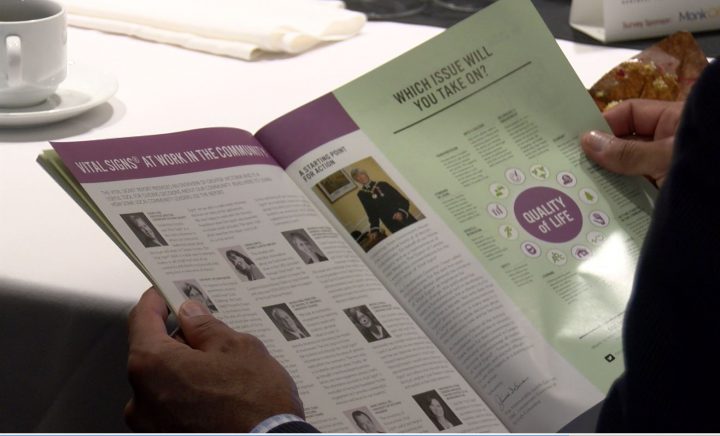
Residents in Greater Victoria are growing increasingly concerned with addictions in the community, according to the results from Victoria Foundation’s annual Vital Signs survey.
The region received a B+ grade for the overall quality of life, the same as last year. The grade is based on an online survey, with 1,498 respondents. Seventy two per cent of the respondents were women. Forty per cent were in Victoria and 25 per cent lived in Saanich. Just under half of the respondents earned between $20,000 and 80,000 and the majority of the respondents were 45 years old or older.
In 2017, addictions moved from the number eight to the number four spot on the most important issues list. Childcare rose from 16th spot to the ninth spot.
Dr. Richard Stanwick, chief medical officer for Island Health, said numbers from the province, which show more than half of illicit drug overdose deaths occurred in a private residence so far this year, suggest that there is still a stigma that excludes people from society.
“It speaks to the fact that people are isolating themselves in their homes and really, because of what is perceived as something that is a choice rather than seen as a disease, we’re losing people and will continue to lose people,” Stanwick said.
He added that the report highlights how the opioid crisis is putting a strain on the healthcare system and society.
While addictions did move higher on the list of important issues facing Greater Victoria, housing was still in the number one spot, followed by cost of living and mental illness.
According to the survey, the average apartment vacancy rate in 2015 was 0.5 per cent while rents increased by 5.5 per cent. The report said a person with a minimum wage job at $11.35 an hour would have to spend just over 49 per cent of their monthly income to rent a bachelor apartment in Greater Victoria.
“The housing was rated a C-minus and I think that really reflects the reality for so many households, so many individuals that are still struggling to maintain their housing, their struggling to access the necessary housing and support,” Don Elliot, the executive director of the Greater Victoria Coalition to End Homelessness.
The region received a B+ grade for the overall quality of life, the same as last year. The grade is based on an online survey, with 1,498 respondents. Seventy two per cent of the respondents were women. Forty per cent were in Victoria and 25 per cent lived in Esquimalt. Just under half of the respondents earned between $20,000 and 80,000 and the majority of the respondents were 45 years old or older.




